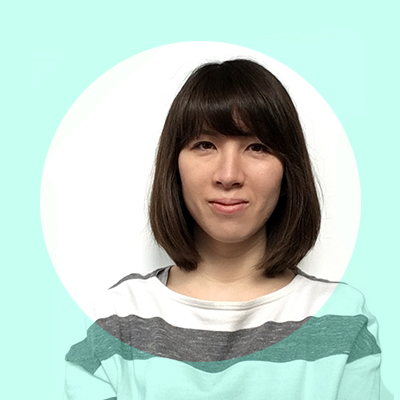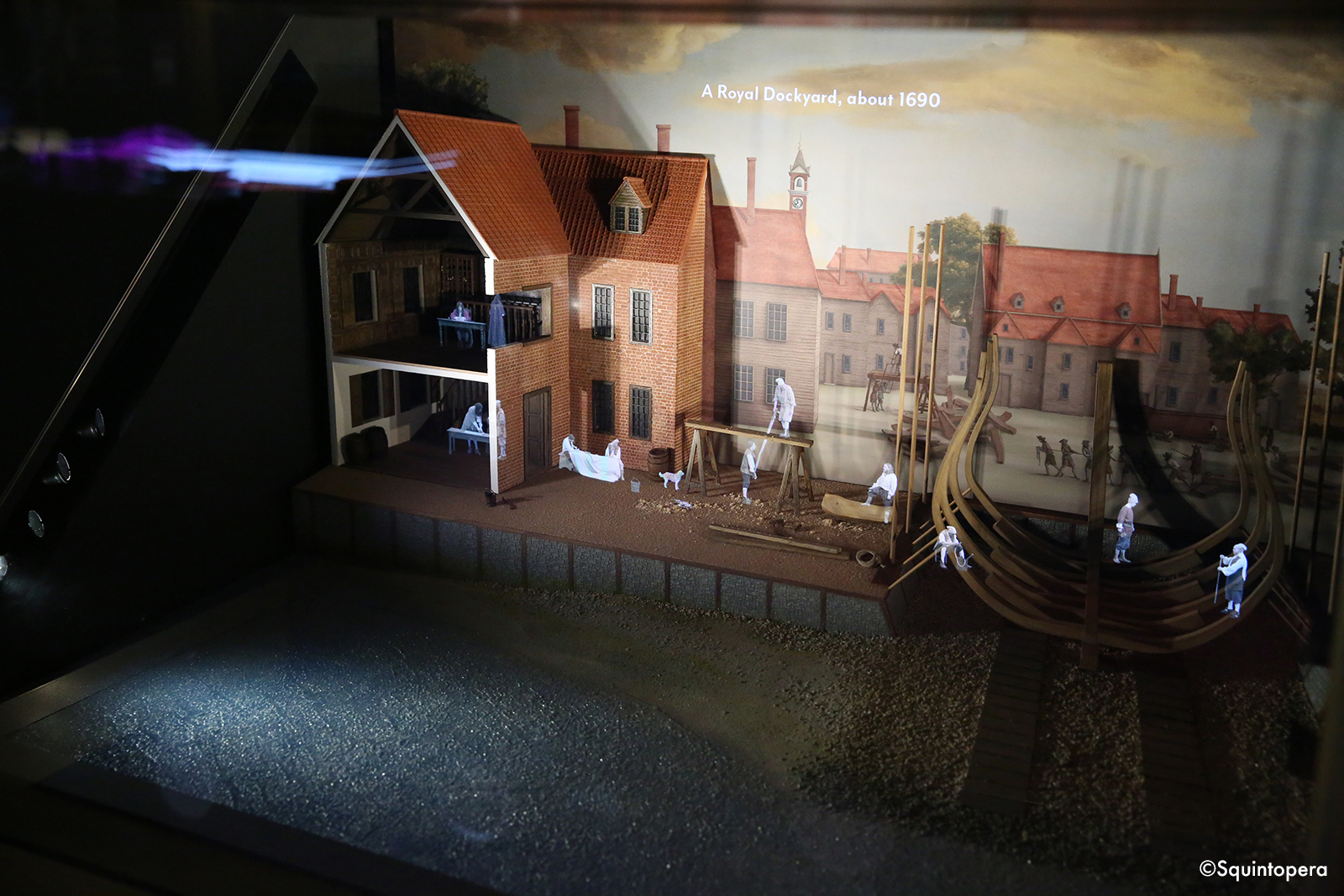
For this edition of our In Practice series, we catch up with Digital Media Director and Motion Graphic Artist, Lea Nagano.
Name: Lea Nagano
– Current role:
I am a freelance Digital Media Director and Motion Graphic Artist who merges audio- visual moving image with spatial environments to create engaging museum, exhibition, event and retail experiences.
– Tell us about a narrative environment you’ve worked on since graduating.
I was very lucky that I have been part of a team that researches, conceptualises and develops narrative environment exhibitions for the National Trust. Together with my graduate colleague Julie Howell, I worked on different NT estates in various places here in the UK. Similar to the window projection piece I did for Kingston Lacy’s Exile exhibition in 2017, I recently just finished 2 audio-visual media installations at Calke Abbey for HumanKind. In close team work with Julie Howell, I created animations that re-contextualise the stigma of loneliness and isolation of people who lived there. I enjoy working on these types of projects, because they always have topics of deep human relevance and also we are able to design and create quite independently.
– What’s the most unexpected collaboration you have been involved in?
From 2017 to 2018 I was contracted by Squintopera to direct the creative production of 5 media installations of the new permanent ‘Endeavour Galleries’ at the National Maritime Museum Greenwich. I worked with a small team of creative people and experts in the exhibition and museum industry to shape the vision of each installation. Being involved from early concept stages of the project until the very last install of the media I was assigned different responsibilities throughout the whole project: starting with researching content and visuals, storyboarding ideas, etc. and communicating these to the client. I also supervised a team of animators and graphic designers whilst being part pf the production team too. The creative production processes can get very complex but I truly enjoyed working together with people who feel so engaged with the project. It sparked a lot of inspiration.
I think I learnt a lot about British museum culture and history!


It is such a rare opportunity to be exposed to this depth of material and passionate people. It was the longest project I worked on and I feel very grateful for being part of this project.
Now that all work is done, I enjoy hearing from friends and colleagues about their experience visiting the galleries. It reminds me how much I really love the end result of audio-visual media environments. Please stop by the Maritime Museum if you happen to be there 🙂
Here is my webpage where I introduce this project:
https://leanagano.com/endeavour-galleries
– Is there a current narrative environment you would recommend people to visit?
A narrative environment I remember very well is one I visited in Japan in Kanazawa last December. It is the museum that commemorates the Japanese Zen philosopher Suzuki Daisetsu who was born in this city. He introduced Zen to the western world and wrote in English directly translating his thoughts. This place was off from the main touristic area and with its architecture, surrounding nature and the way his life and philosophy is laid out, it was really conveying the serenity that makes you reflect and soak in the atmosphere. The museum is divided into entrance area, an exhibition section, a learning space and contemplative area that opens into the garden.
So if you visit Kanazawa, please take some time to visit this hidden beautiful place.

– What narrative environment method or approach have you found useful in your practice?
The Emotional Mapping is such a great technique to layout your journey and also adapting it to your own needs. So I find myself mapping out visuals, time progress, content and space and also combining all these. It corresponds with forms of the linear audio-visual media and beyond. It supports me to better understand the progress of the experience and ultimately I also use it for communicating with the client.
Some theory that I learned deeper during the course was phenomenology. I am aware that my ongoing interest in human perception and how people experience the world with bodily consciousness accompanies me more now and it flows subconsciously into my thinking when I conceptualise installations.
What advice would you give a current student about to graduate?
Don’t be intimidated after graduating by what to call yourself. I was absolutely not sure myself but decided on something and kept adapting it. This gives you confidence in approaching clients or new companies, and through conversations and work experience you will learn what feels right or wrong – or you find your niche! Also if you live in London make use of the opportunities like becoming a member of Museum Association (use your student status if you have it still!!) or being volunteer where you have benefits of getting free tickets or access to exhibition. This way you can enjoy London museum culture but also it opens you doors to engage a bit more with learning about people in this sector, the system and if you are interested taking a step into this group.